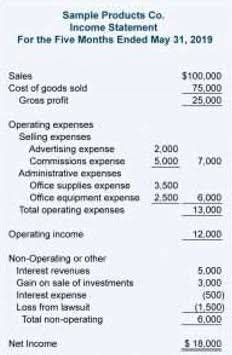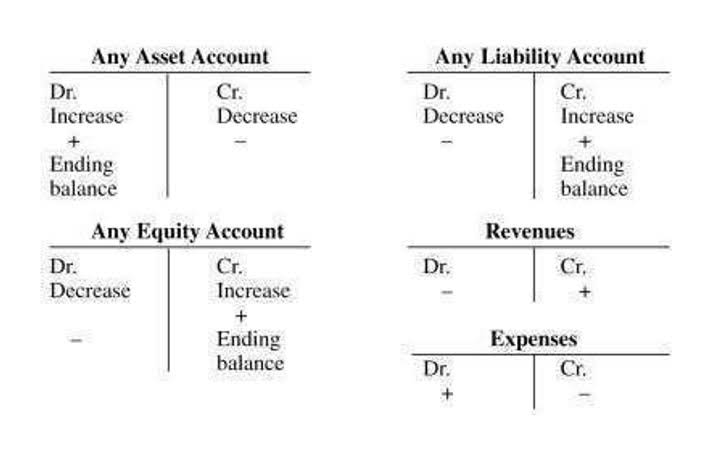
Retained earnings are also the key component of shareholder’s equity that helps a company determine its book value. There are some limitations with retained earnings, as these figures alone don’t provide enough material information about the company. If the company had a total of 100,000 outstanding shares prior to the stock dividend, it now has 110,000 (100,000 + 0.10×100,000) outstanding shares. So, if you as an investor had an 0.2% (200/100,000) stake in the company prior to the stock dividend, you still own a 0.2% stake (220/110,000), meaning nothing changes as far as the company is concerned. If the company had a market value of $2 million before the stock dividend declaration, it’s market value still is $2 million after the stock dividend is declared.

What is a statement of retained earnings?

The growing retained earnings does retained earnings have a credit balance balance over the past few years could suggest that the company is preparing to use those funds to invest in new business projects. Scenario 2 – Let’s assume that Bright Ideas Co. begins a new accounting period with $250,000 in retained earnings. When the accounting period is finalized, the directors’ board opts to pay out $15,000 in dividends to its shareholders. From a more cynical view, even positive growth in a company’s retained earnings balance could be interpreted as the management team struggling to find profitable investments and opportunities worth pursuing.

Retained Earnings in Business Structures
Retained earnings appear on the balance sheet under the shareholders’ equity section. The reconciliation of retained earnings is typically presented in the statement of retained earnings or the statement of shareholders’ equity. This statement provides a bridge between the income statement and the balance sheet, showing how the profits attributable to shareholders have been utilized. It is a crucial component of the financial statements, especially for investors who are interested in understanding the company’s policy on profit distribution and https://www.facebook.com/BooksTimeInc/ reinvestment.

Retained earnings, shareholders’ equity, and working capital
Less mature companies need to retain more profit in shareholder’s equity for stability. Revenue provides managers and stakeholders with a metric for evaluating the success of a company in terms of demand for its product. As a result, it is often referred to as the top-line number when describing a company’s financial performance. Since revenue is the income earned by a company, it is the income generated before the cost of goods sold (COGS), operating expenses, capital costs, and taxes are deducted. Equity refers to the total amount of a company’s net assets held in the hands of its owners, founders, partners, and shareholders (residual ownership interest).
- Retained earnings are a critical component of a company’s equity, reflecting the cumulative amount of net income that has been reinvested in the business rather than distributed to shareholders as dividends.
- Observing it over a period of time (for example, over five years) only indicates the trend of how much money a company is adding to retained earnings.
- These include revenues, cost of goods sold, operating expenses, and depreciation.
- Revenue on the income statement is often a focus for many stakeholders, but the impact of a company’s revenues affects the balance sheet.
- Prolonged periods of declining sales, increased expenses, or unsuccessful business ventures can lead to negative retained earnings.
- Businesses use this equity to fund expensive asset purchases, add a product line, or buy a competitor.

When lenders and investors evaluate a business, they often look beyond monthly net profit figures and focus on retained earnings. This is because retained earnings provide a more comprehensive overview of the company’s financial stability and long-term growth potential. The retained earnings of a company are the total profits generated since inception, net of any dividend issuances to shareholders. The discretionary decision by management to not distribute payments to shareholders can signal the need for capital reinvestment(s) to sustain existing growth or to fund expansion plans on the horizon. Also, keep in mind that the equation you use to https://www.bookstime.com/articles/stock-splits-and-stock-dividends get shareholders’ equity is the same you use to get your working capital. It’s a measure of the resources your small business has at its disposal to fund day-to-day operations.

